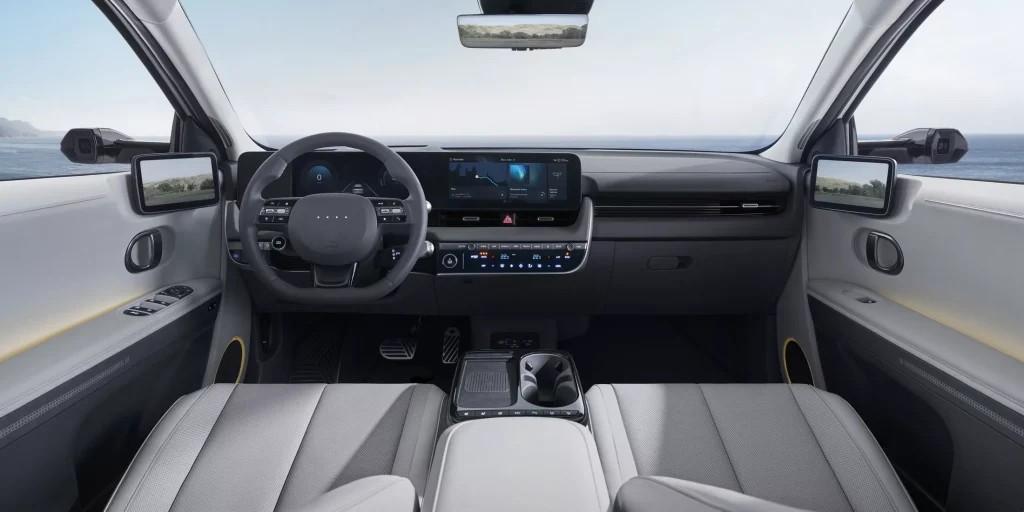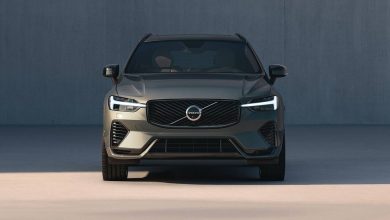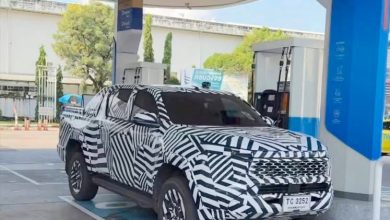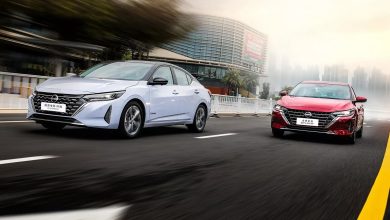Physical Buttons May Return To Satisfy New Safety Standards
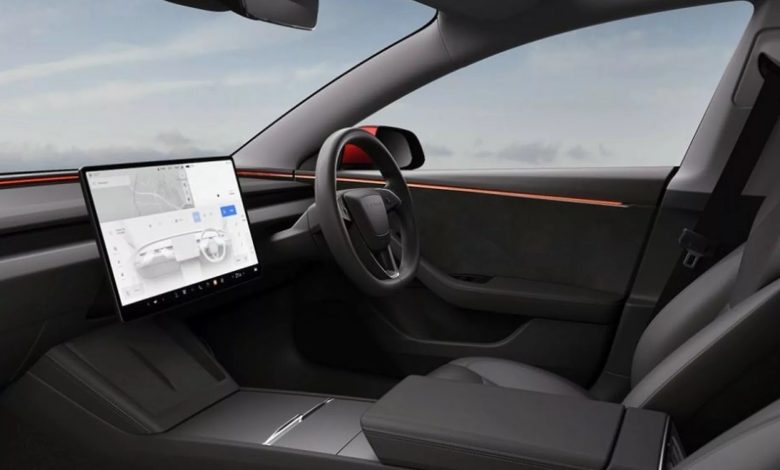
Euro NCAP have signalled that physical controls may be necessary for new cars to net the highest safety scores.
To anyone who has been in any new car recently, it might not have escaped one’s attention for any minor fiddling of the vehicle’s settings to only be possible through its central infotainment display. Such is after all the general trend within the industry of removing any and all buttons throughout the cabin, in favour of burying settings behind layers of menus on one single screen.
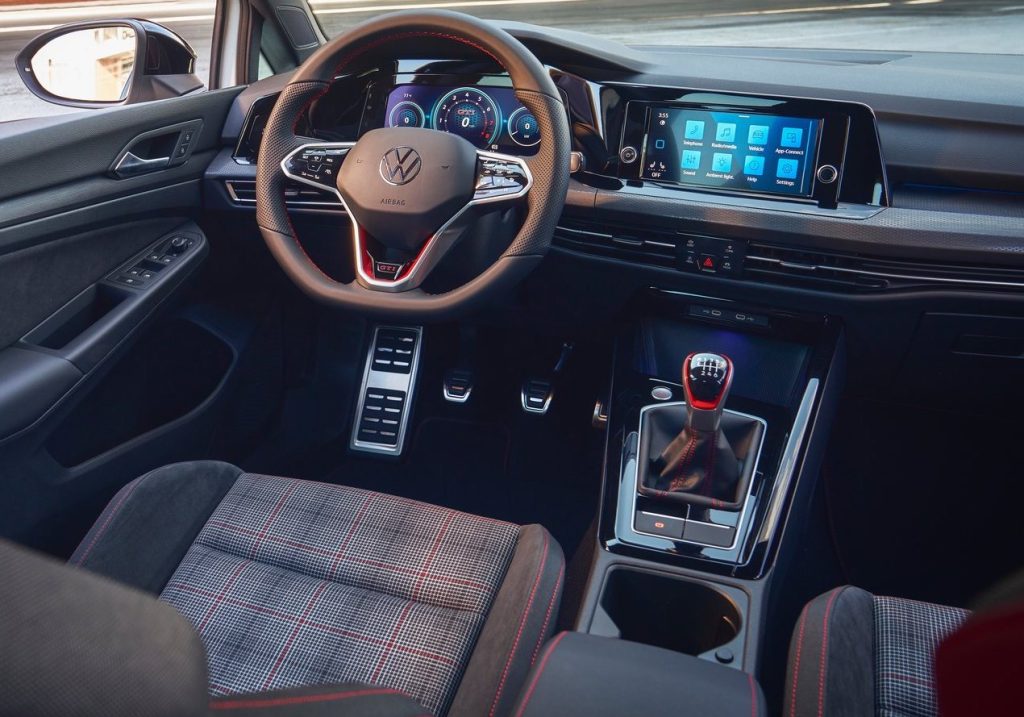
Now of course, the replacement of many buttons with one single screen does cut down on production costs for the automakers, not to mention too for these displays being more in line with the more minimalist cabin design language that is so in vogue right now. Though as alluded to previously, having drivers take their eyes off the road and digging into the screen for the most minor of adjustments isn’t exactly the safest thing to do while in control of a tonne-plus of steel moving at high speed.

And it finally seems that the people with the power to do something have finally taken note of this rather dangerous behaviour, with Euro NCAP having since recently indicated its willingness to revise its safety standards such that only cars with physical buttons will net its top safety rating in future. More specifically, the crash testing agency has hinted that it aims to tweak its guidelines to only see cars be eligible for the maximum safety rating if they are equipped with buttons, dials, or stalks for safety-critical features, like hazard warning lights, turn signals, windscreen wipers, SOS calls, and the horn.
“The overuse of touchscreens is an industry-wide problem, with almost every vehicle-maker moving key controls onto central touchscreens, obliging drivers to take their eyes off the road and raising the risk of distraction crashes,” said Matthew Avery, director of strategic development at Euro NCAP, to the Times regarding the proposed rule change, which is currently set for 2026.

Just being entirely fair to automakers here, the vast majority of cars have yet to reach the stage of burying these safety-critical core functions within screens. Given the current rate at which buttons are vanishing from the cockpit of cars, it is nevertheless surely only a matter of time before automakers attempt this transition
That most tech-bro of companies Tesla is after all already halfway there by moving the gear selector to the screen on its latest Model 3, not to mention too placing the turn signals on haptic buttons on its steering wheel. So it is somewhat prudent for Euro NCAP to at least attempt in nipping things in the bud before things get too out of hand.
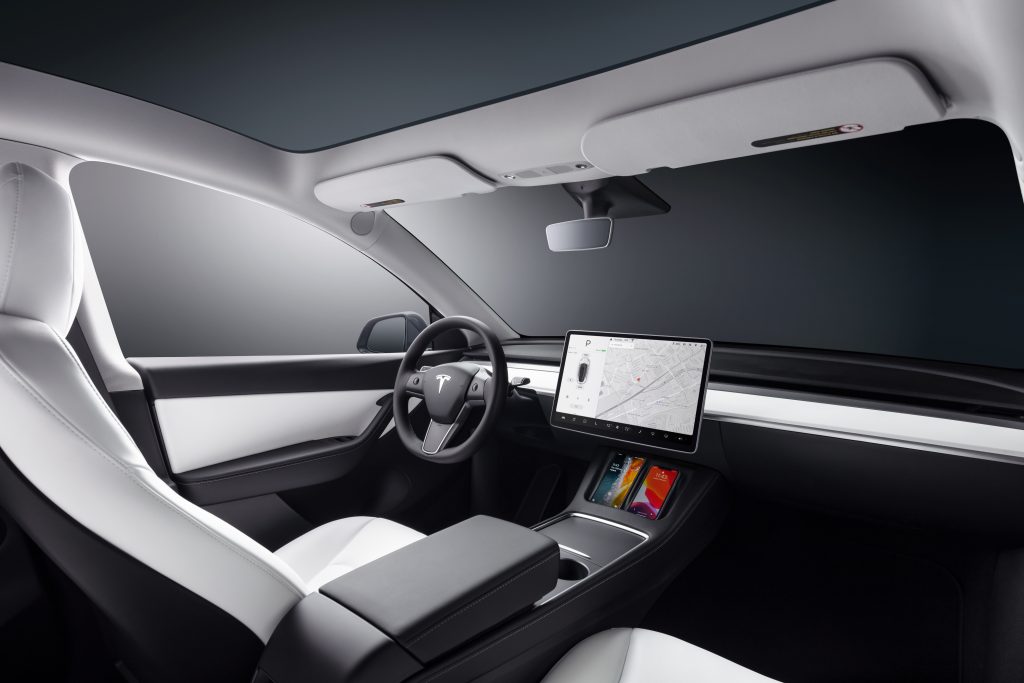
Having said that, the safety agency unfortunately has nothing in its proposed criteria at present that stipulates that other non-safety critical but still frequently adjusted controls — like those for the climate control and basic media functions — must happen off a touchscreen. More pertinently too is that the Euro NCAP’s safety guidelines aren’t actually a legal requirement, but automakers do nevertheless take the safety score assessed by this organisation rather seriously.
Though on that front, automakers themselves do indeed still have the time to lobby Euro NCAP to perhaps alter its safety rating. The safety agency themselves have already stated that it has not yet finalised this new evaluation procedure, hence it might be worth not getting too hyped for the return of physical buttons just yet…
